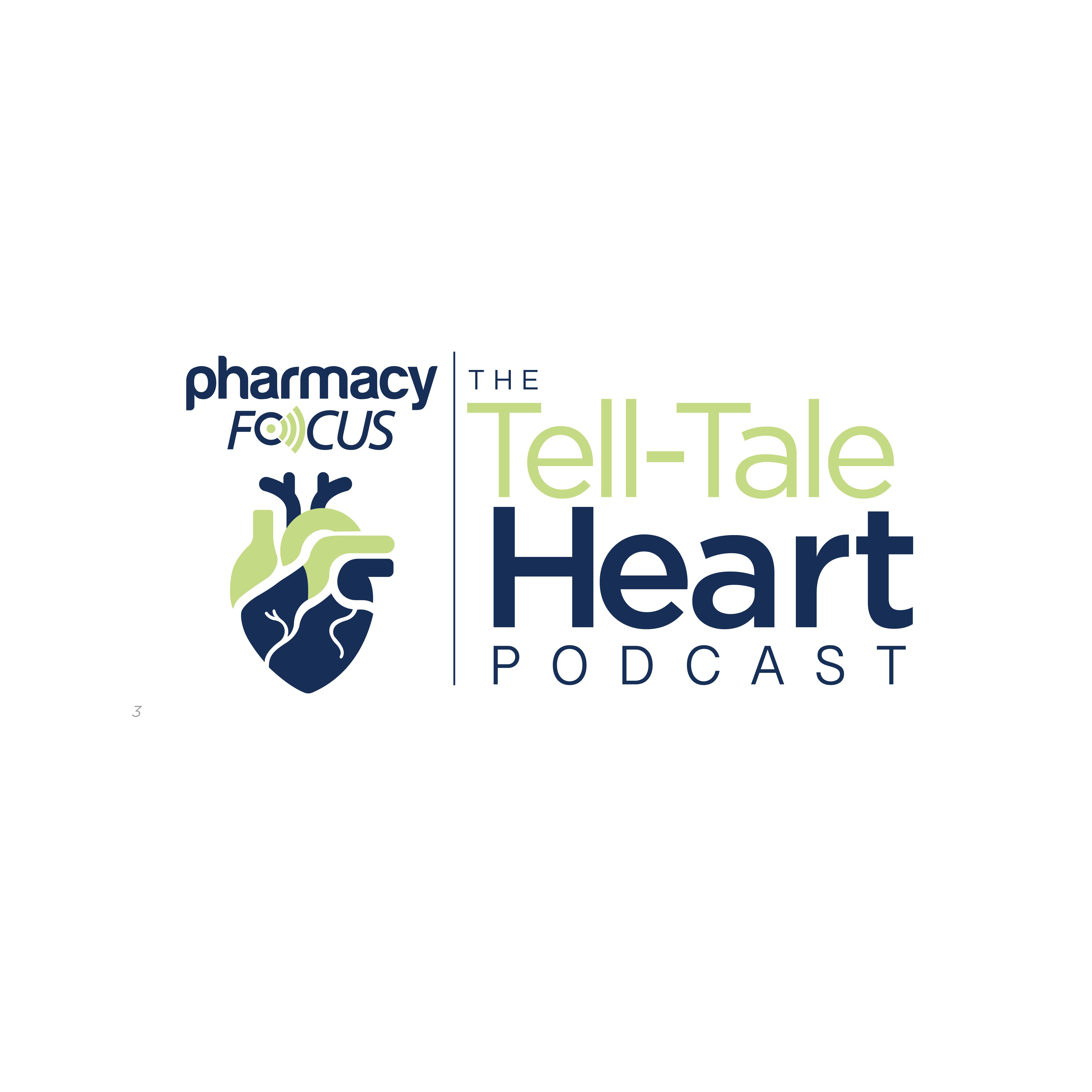Article
Pharmacy Clinical Pearl of the Day: Deep Vein Thrombosis
Author(s):
Deep vein thrombosis can occur with certain medical conditions that affect how the blood clots.
Clinical Pearl of the Day: Deep Vein Thrombosis
Deep vein thrombosis (DVT) occurs when a blood clot (thrombus) forms in one or more of the deep veins in the body, usually in the legs.

Insight:
- DVT can cause leg pain or swelling but also can occur with no symptoms.
- DVT can occur with certain medical conditions that affect how the blood. clots. A blood clot in the legs can also happen if an individual doesn’t move for a long time, such as after surgery or an accident, when traveling a long distance, or when confined to bed rest.
- Symptoms include swelling or pain in the affected leg, red or discolored skin, and a feeling of warmth in the affected leg.
- Risk factors may include age over 60 years, sitting for a long time, prolonged bed rest, injury or surgery, pregnancy, birth control pills, smoking, obesity, cancer, heart failure, inflammatory bowel disease, family history of DVT, and genetics.
- Diagnosis may include using D-dimer blood test, Duplex ultrasound, venography and MRI.
- Treatment may include blood thinners, such as enoxaparin (Lovenox), fondaparinux (Arixtra), warfarin (Coumadin), rivaroxaban (Xarelto), apixaban (Eliquis), or edoxaban (Savaysa).
Sources:
Deep vein thrombosis - Diagnosis and treatment - Mayo Clinic
Newsletter
Stay informed on drug updates, treatment guidelines, and pharmacy practice trends—subscribe to Pharmacy Times for weekly clinical insights.
Related Content





